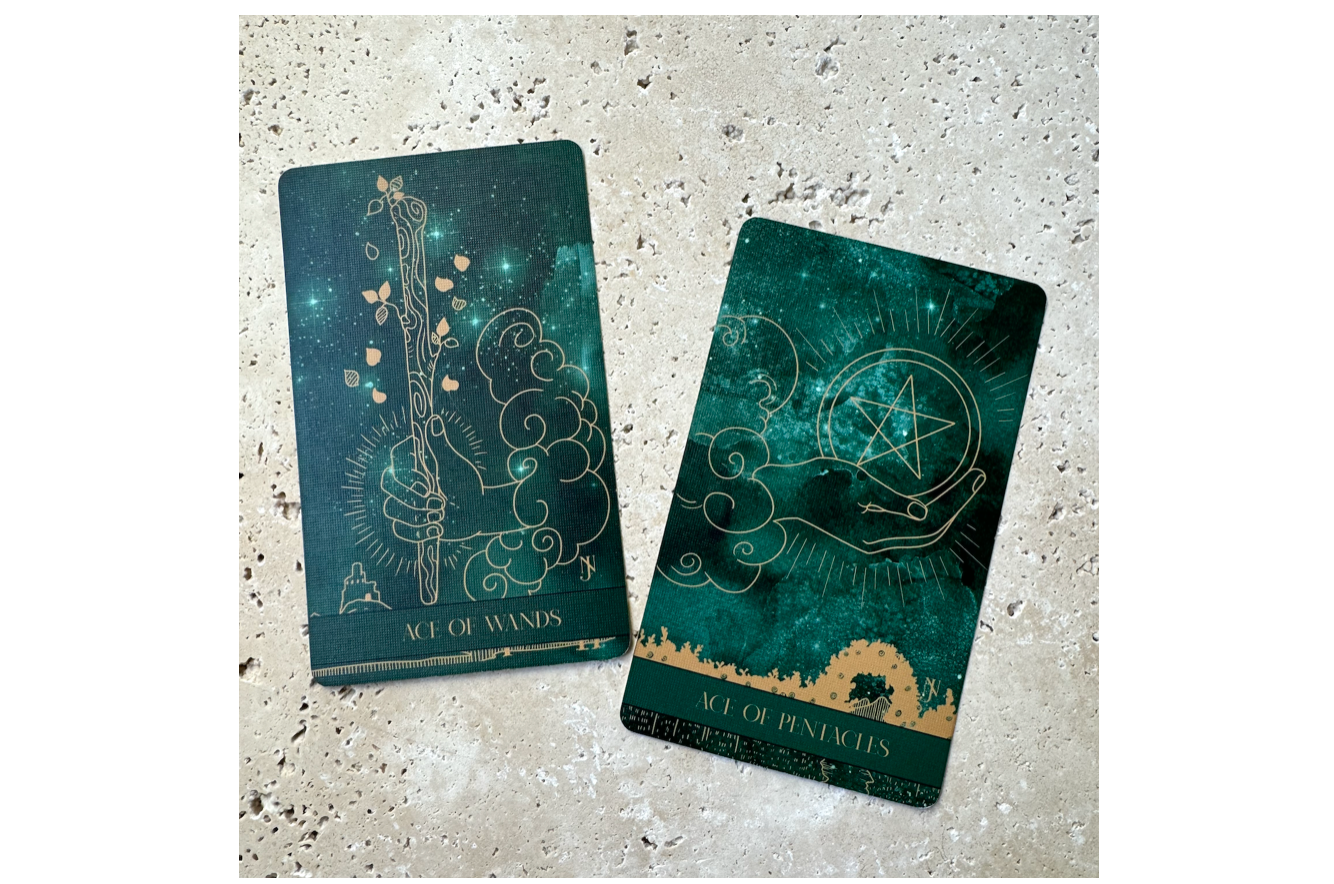
Tarot has long been a fascinating and interesting subject, capturing the imagination of many. As a curious skeptic, you might wonder what draws people to these cards. Is it pure entertainment, a tool for introspection, or something more? Let's explore the world of Tarot to understand its allure.
The Origins of Tarot
Tarot cards have a rich history dating back to the 15th century in Europe. Originally used for playing games, they eventually found a new purpose in divination. The deck consists of 78 cards. Each card has its own imagery and symbolism, offering a wide range of interpretations.
What is Tarot?
At its core, Tarot is a deck of cards used as a tool for insight and guidance. Unlike traditional playing cards, Tarot decks are designed with vivid imagery and themes that invite reflection. Many people use Tarot to gain clarity on various life questions, whether about relationships, career choices, or personal growth.
Why People Read Tarot
1. Self-Reflection and Insight: One of the primary reasons people turn to Tarot is for self-reflection. The cards encourage users to think deeply about their life situations and emotions. By analyzing the imagery and symbolism, individuals can gain insights into their inner thoughts and feelings.
2. Guidance and Clarity: When faced with difficult decisions, Tarot can offer guidance. While it may not predict the future, it can provide clarity by highlighting aspects of a situation you might not have considered. This can be particularly helpful for those who feel stuck or uncertain about the next steps.
3. Spiritual Connection: For some, Tarot is a spiritual practice. It can be a way to connect with one's intuition or higher self. The act of reading the cards can become a meditative process, allowing users to tap into deeper layers of consciousness.
4. Creativity and Storytelling: Tarot is also appreciated for its artistic and narrative elements. Each card tells a story, and interpreting them requires a blend of creativity and intuition. This makes Tarot not only a tool for guidance but also a means of artistic expression.
5. Community and Sharing: Many people enjoy reading Tarot because of the community it fosters. Whether in person or online, Tarot enthusiasts often share their readings and interpretations with others, creating a sense of connection and support.
How to Approach Tarot as a Skeptic
As a skeptic, you may approach Tarot with a critical eye, which is entirely valid. Here are some ways to engage with Tarot while maintaining a healthy level of skepticism:
- View it as a Tool for Reflection: Rather than seeing Tarot as a mystical or supernatural tool, consider it as a means for reflection. It can help you explore different perspectives and prompt introspective thought.
- Focus on Symbolism: The cards are rich in symbolism, which can be interpreted in numerous ways. Use this as an opportunity to delve into the symbols and what they might mean for you personally.
- Enjoy the Process: Even if you don't believe in the predictive power of Tarot, you can still enjoy the process. The act of drawing cards and interpreting them can be a fun and creative exercise.
- Set Your Intentions: Before a reading, set clear intentions. This can be as simple as seeking insight into a specific issue or exploring your feelings about a particular situation. This approach keeps the reading focused and purposeful.
Conclusion
Tarot is a multifaceted practice that appeals to people for various reasons. Whether you're drawn to it for self-reflection, guidance, or simply curiosity, there's no right or wrong way to engage with Tarot. Approach it with an open mind, and you may find it offers valuable insights and a unique form of creative expression. Even as a skeptic, there is much to appreciate and explore within the world of Tarot.
For more information on Tarot, Tarot lessons and Tarot deckss. Please visit www.TarotMasterGuide.com











